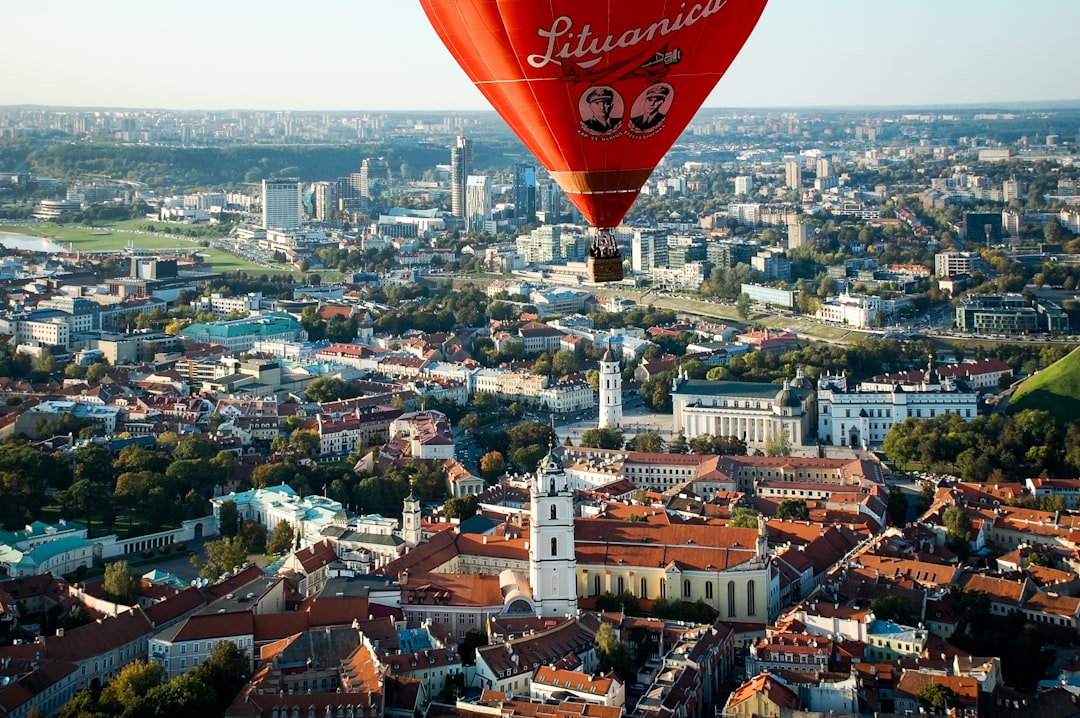More than 30,000 Afghans applied for political asylum worldwide last year, according to United Nations statistics. In 2012, Afghanistan remained the main country of origin of asylum seekers in industrialised countries. The figure has swollen since 2008 despite the international community investing billions of dollars in the country to try and lift the economy, rebuild infrastructure and put an end to the Taliban-led insurgency. Why?
Since the first weeks of September, hundreds of Afghan asylum seekers held demonstrations near the office of the Belgium Prime Minister in Brussels. They obtained a meeting with representatives of the government, asking for protection and asylum, but there was no progress in finding a solution.
“We want residence permits. This protest will continue indefinitely if demands are not met,” Belour, mother of two, told The Baltic Review, “Everyone has the right to peaceful protest but the police is using teargas and water cannons against women and children.”
For Afghan asylum seekers, getting a job or decent housing without documents is an uphill struggle. According to protesters, security personnel deported several families from their shelters during the demonstrations. Most of them are now in the streets going from temporary shelters to another. The precarious situation in the country may be one reason why Afghans continue to demand asylum. According to the International Organisation for Migration (IOM), the majority are economic migrants seeking a better life abroad, rather than fleeing security threats. However officials said uncertainty over what happens as aid declines and foreign combat troops withdraw by the end of 2014 influences their decision to leave Afghanistan.
Several of the Afghan migrants interviewed by The Baltic Review said that they are trying toescape the lack of opportunities and chronicle insecurity in their country. “I spoke the truth when I applied for asylum, but wasn’t believed. I am afraid of going back to Afghanistan, my life is here now,” Fahran told us. More than 5.7 million refugees have voluntarily repatriated to Afghanistan in the last 10 years. Nonetheless, some 2.7 million Afghans continue to live in exile. During demonstrations, protesters were shouting “We want justice” – holding slogans to protest against Belgian asylum policies.
The Secretary of State for Asylum and Migration and for Social Integration, Maggie De Block, repeatedly underlined her willingness to act “with determination” against abuses and fraud in the asylum and family reunification procedures. De Block’s political line pays maximum attention to voluntary return if possible – forced if necessary. Commenting on the recent demonstrations, Block said protesters are using children as emotional blackmails. She went on saying that Belgium acknowledges 50% of all Afghan refugees, which is more than most EU countries. Her iron-fist approach will probably leave most asylum seekers empty handed. If this will be for their own good or not, this is all yet to be seen.



























Comments